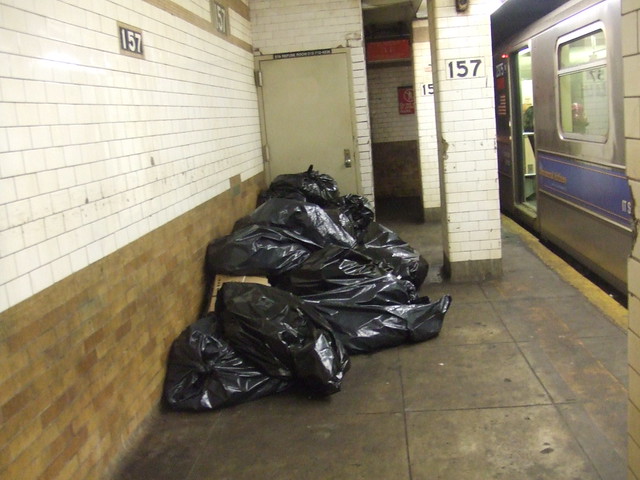Updated (1:13 p.m.): As New York City copes with its limited transportation budget and the state of its roads after a very rough winter, the way the MTA allocates funds has come under a small microscope. Yesterday’s Post featured a piece on the state of MTA bridges, and the results were not pretty. “One-fifth of the agency’s spans or their approaches scored below the middle point on the state’s bridge-maintenance rating system,” the paper reported. A more recent assessment of the MTA’s crossings, however, found that all MTA Bridges & Tunnels crossings rated between a 4 and a 6, well within safety parameters.
With that in mind, The Post questioned whether or not enough of the $60 million the bridges and tunnels generate per month are being reinvested into MTA crossing maintenance. “You want to keep the bridges from a point where it forces you to change their use, whether it’s changing their load limit or closing them for an extended period of time,” Bill Henderson of the Permanent Citizens Advisory Committee to the MTA, said. Bridge maintenance is covered in the authority’s five-year capital plan, and the MTA will spend over $1 billion on the RFK and Verrazano Bridges alone during the current five-year stint — provided that Albany comes through with the funding.
The MTA, meanwhile, disputed The Posts charges. In statement, the authority said, “All MTA Bridges and Tunnels crossings are safe and well-maintained , with no weight restrictions due to structural deficiencies or safety issues identified at any facility. In the last and current capital budgets we will have spent $3.7 billion on capital improvements, and we continually invest in the maintenance of bridges and tunnels that range in age from 46 to 75 years old. Toll revenues are used first and foremost for this purpose, and only go to support public transit after maintenance needs are addressed.”
Meanwhile, today, The Post tells us that bridge and tunnel traffic is down by nearly 1 million cars this year. In percentages, that’s a 3.9 percent decline in passenger cars and a 6.6 percent decline in travel by trucks and buses. The MTA — which is short $6.4 million due to the decline — seems willing to blame the fare hike, but I think extremely high gas prices and fewer overall auto trips can’t be dismissed quite so easily. As the MTA has urged more drivers to use E-ZPass, though, trips by cars with transponders has increased by 3.5 percent through April of 2011 as compared with the same time period last year while the numbers of those paying with cash fell by over 17 percent.
















